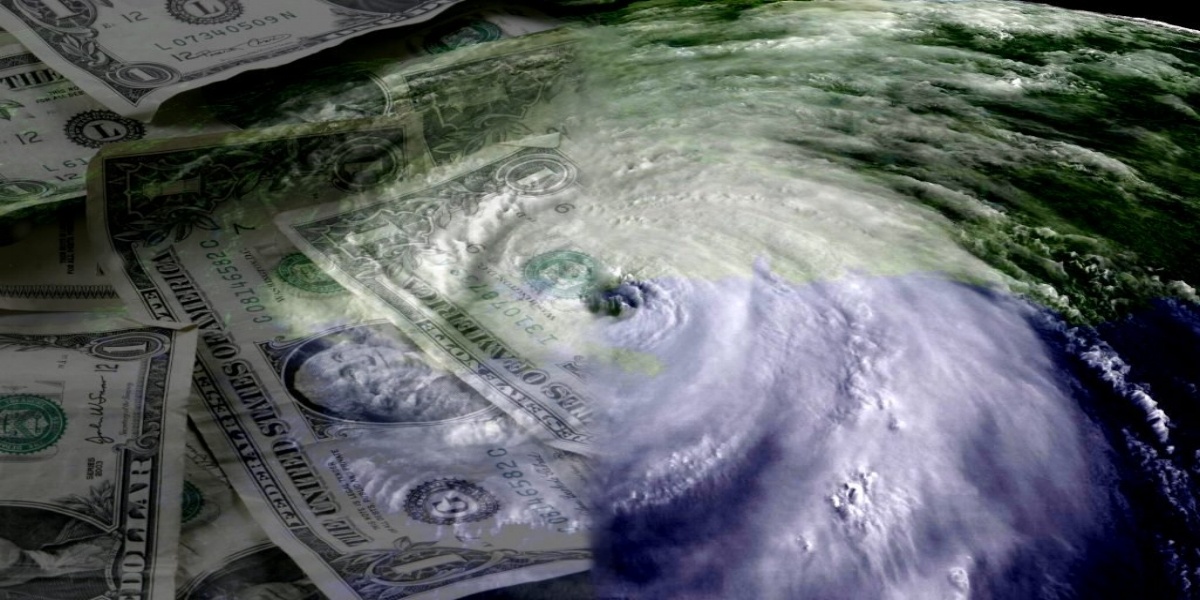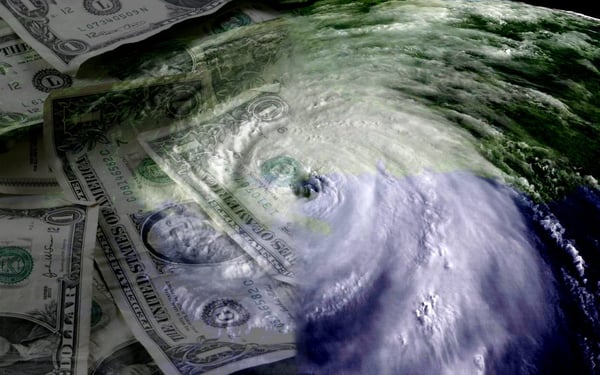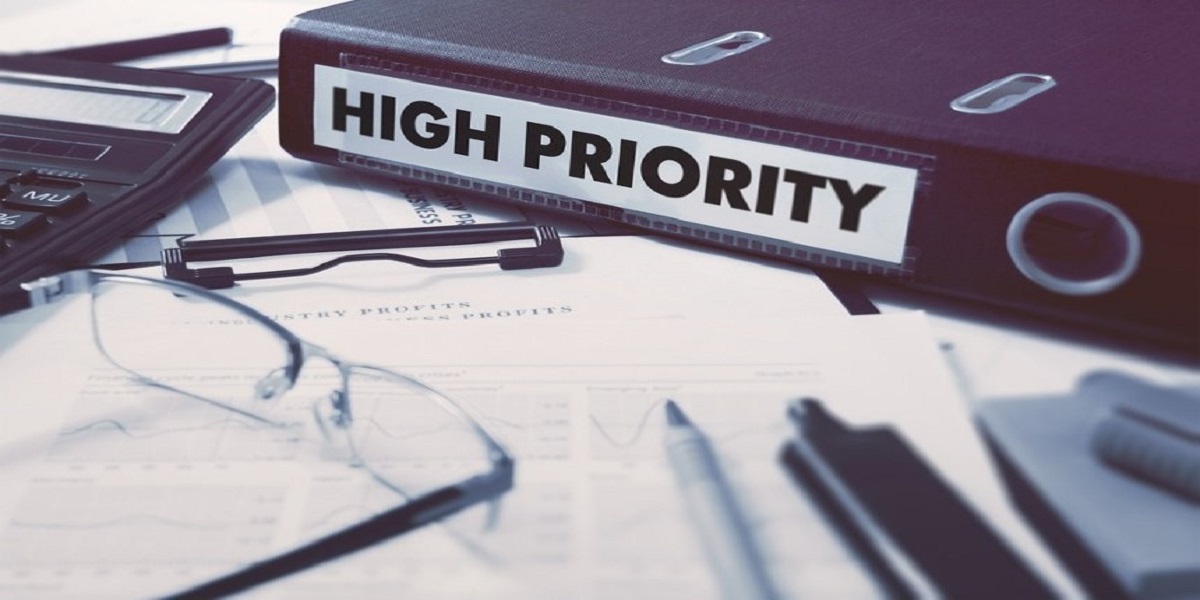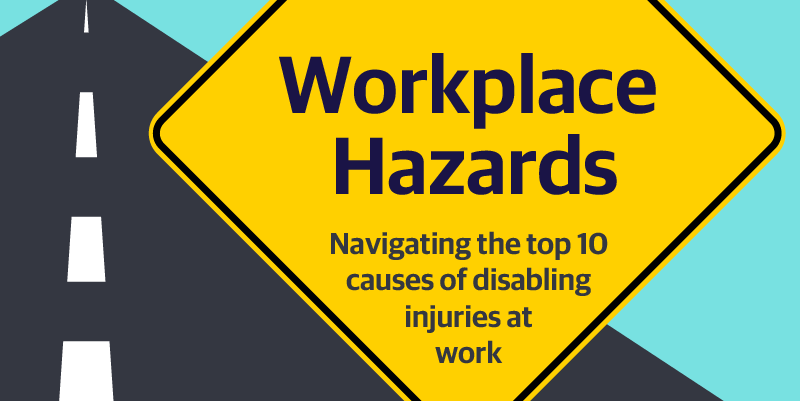Why Is Commercial Insurance Important For Your Business?
Even if you have a successful business, disaster could strike at any moment and force you to shut your doors. Successful companies typically carry...
3 min read
Levi Kastner
Oct 5, 2018 6:22:26 AM


We all know that disaster can strike at any time. Unfortunately, “any time” is occurring on a more frequent basis. Natural catastrophes like hurricanes, wildfires, earthquakes, floods, and severe storms have long-term economic and social consequences for businesses — and these devastating and expensive events are on the rise.
The following information from the National Oceanic and Atmospheric Administration illustrates this trend and the unfortunate consequences:

In this new era of increased natural catastrophe risk, all businesses — even those in areas with historically low exposure — should prepare themselves for these types of events. Insurance might cover immediate financial losses, but there are long-term consequences and costs to consider as well.
Insurance coverage is important, but there are other ways you can proactively protect your business and employees in the event of a natural catastrophe.
—Rob Morelli, Head, Property Engineering Technical Unit, Liberty Mutual Insurance
Risk managers and business leaders should be aware of the risks and create plans ahead of time so operations can quickly recover after severe weather hits. Here are three ways to prepare your business:

And remember that there is more to a business than bricks and mortar. “The consequences of a natural catastrophe go beyond physical property damage,” says Rob Morelli, Head of the Property Engineering Technical Unit at Liberty Mutual Insurance. “Companies should also think about their employees and customers, as well as the risks of business interruption and institutional loss like damage to business records or brand reputation.”
Insurers can also offer additional expertise via on-site visits, where a risk engineer may identify vulnerabilities such as deteriorating roofs or unprotected skylights. The risk engineer can then make recommendations based on a location’s specific exposures and the business’s available budget for repairs or upgrades.
We can help a risk manager understand site-specific exposures and prioritize recommendations across the entire portfolio of properties.—Aja Atwood, Global NAT CAT Practice Leader, Liberty Mutual Insurance
Partnering with a qualified insurer to identify and anticipate risks provides a more complete picture of your business’s risk profile. As a result, you can better address vulnerabilities and develop a continuity plan that is tailored specifically to your operation’s needs.

Download the ultimate insurance cheat sheet by clicking the link below

It’s also important to have emergency response and business continuity plans in place to reduce downtime after a catastrophic event. Identify critical business functions and ways to maintain or restore them. For example, identify backup suppliers or sister facilities in other regions that can assist if local operations come to a halt. You may also want to have replacement parts for critical pieces of equipment readily available.
Remember to include employees in your business continuity planning process. According to Morelli, “Employees are closest to the work and can help identify gaps in your plan, mitigating further potential losses.” Also designate key personnel who have the authority to make decisions in the event of an emergency, like sending out alerts or shutting down a facility.
Once your team has collaborated on a plan, it’s time to practice. “The ability to quickly respond not only mitigates business interruption losses — it also establishes a process to account for workers’ safety and helps a company report claims more quickly,” says Aja Atwood, Global NAT CAT Practice Leader at Liberty Mutual Insurance.
Finally, communicate your business continuity plan to your customers — ahead of time. This demonstrates that your company is taking its business responsibilities seriously and can even help customers develop their own plans.
In addition to having your own plan, register to receive automatic alerts from the National Weather Service, as well as town, state, and federal warnings. Having several hours to prepare and put your continuity plan in place can give you a significant advantage when it comes to protecting your business and recovering afterward.


Even if you have a successful business, disaster could strike at any moment and force you to shut your doors. Successful companies typically carry...

Let’s start with the good news: workplaces are getting a little safer, with a 1.5 percent overall reduction in serious accidents. The bad news?...

Cyber insurance is a growing segment of the insurance market. It helps companies avoid incurring huge losses from database security breaches. With...